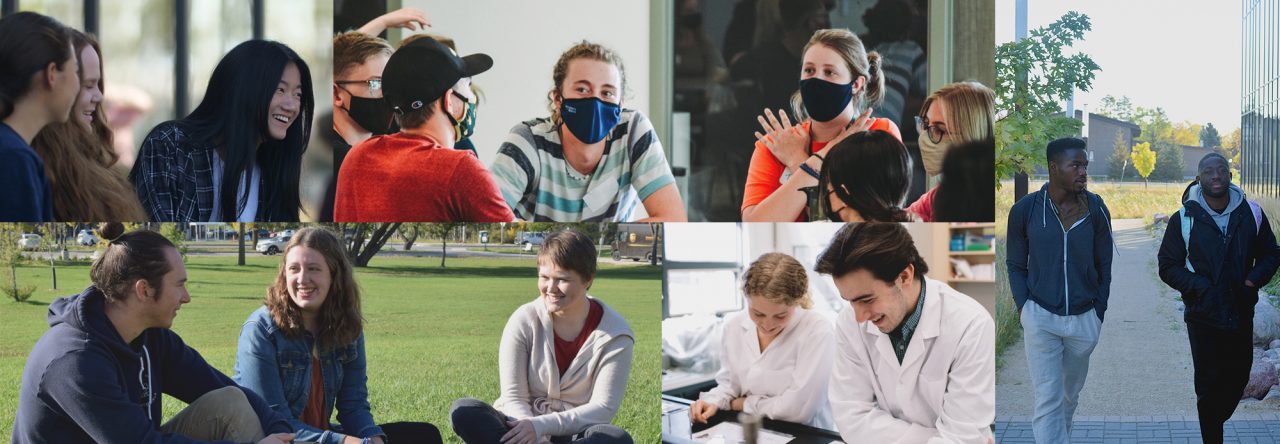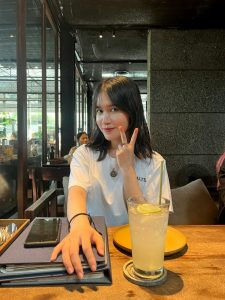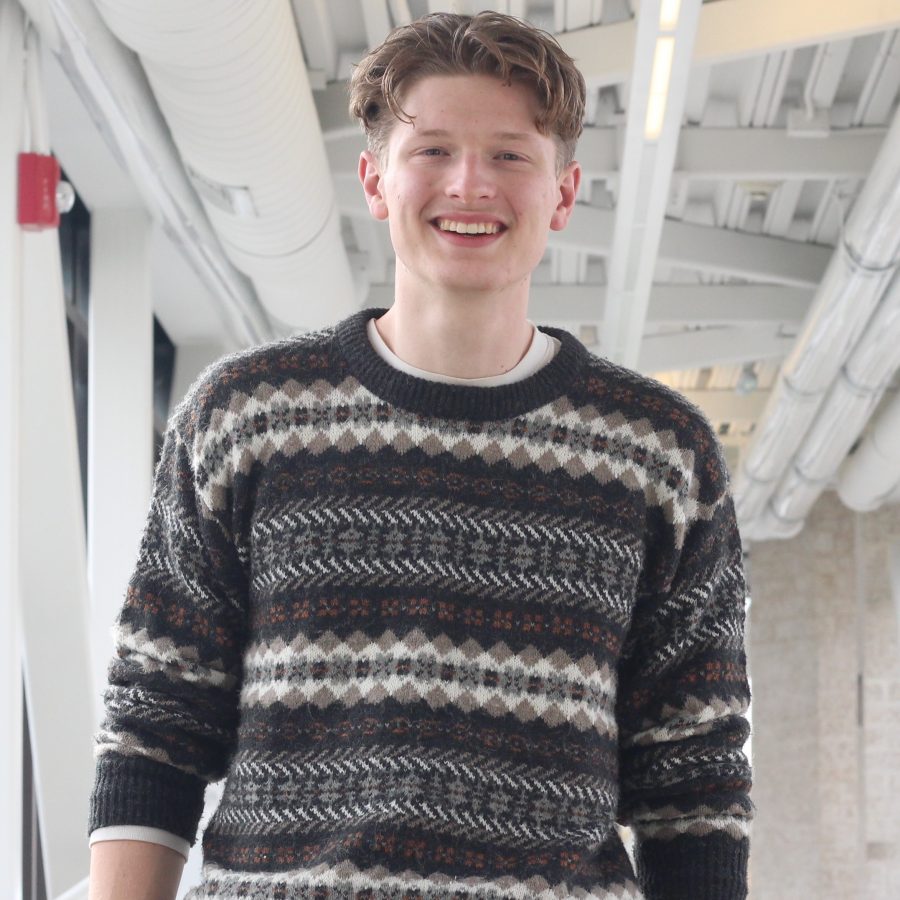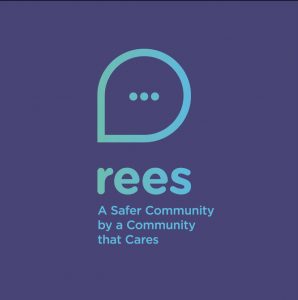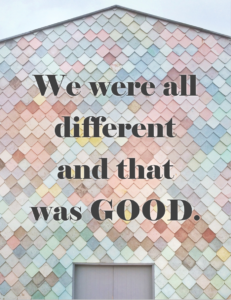This fall, eight students traveled to Guatemala as part of CMU’s Estamos program. They lived, worked, and studied there for three months. Now that they’ve returned, the Estamos cohort is sharing their experiences with the broader CMU community. Here are some highlights and memories from their time in Guatemala.
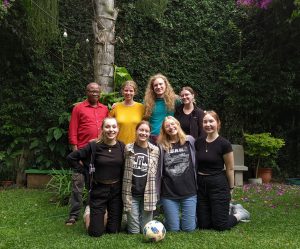
One of my highlights from living in Guatemala this past fall was when I moved locations in November to complete my practicum credit. I lived in Santiago during this time, which is a smaller Indigenous community. Every morning, I looked out of my window and had a view of Lake Atitlán and a nearby volcano. I grew so close to my host family during this time. I lived with two sisters and their parents who all cared for me. I am so grateful for the opportunity I received to live with them and learn about their Indigenous culture and ways of life. One month is short, but I will always remember the meaningful time I spent with this family and how warm and loving they were with me. At the end of November as I was preparing to return home, my host family gave me a gift so I could always remember our time together. They embroidered a Quetzal, Guatemala’s national bird, on the back of my jean jacket. As I traveled home with this new embroidery, I was reminded of why I had come to Guatemala in the first place: to connect and learn from people who are different from me in many ways, yet also so similar. The Quetzal is a symbol of achieving this goal. It represents the many lessons, memories, and relationships I gained from this experience that are now a part of who I am.
- Jillian Recksiedler, third-year Bachelor of Arts, Peace and Conflict Transformation Studies major
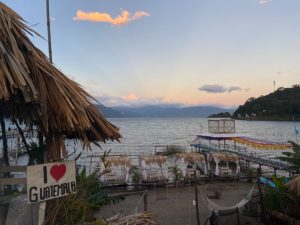
My experience living in Guatemala for three months was rich in many different ways. It was rich in culture, laughter, challenges, and learning. I feel very grateful and privileged that I had this opportunity to learn what it is like to live in a different country, culture, and language. While the experience was exciting and positive, it was also scary. I was pushed in ways I never have been before—and I will continue to reap the benefits of that for a very long time. One experience that pushed me out of my comfort zone was living with an Indigenous Maya family for the month of November. It was difficult to adjust to at first. There was only one sink, which was used to wash hands, clothes, and dishes. There was no hot water, and sometimes the nights got very cold in my room. Through this experience, I learned about the beauty and benefits of simple living—something that I feel was necessary for me to experience. I have taken so many things for granted here in Canada. I am thankful that my social location has become clearer to me, which has led me to have a better understanding of how our societies function. I will continue to learn about this experience and integrate the lessons it has given me for the rest of my life.
- Grace Bruinooge, fifth-year Bachelor of Arts, Communications and Media major
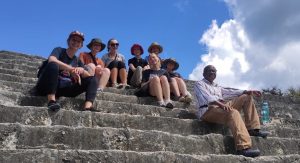
One Saturday morning, my host brother and I headed to the neighbourhood outdoor court to play basketball. Julian was about a foot-and-a-half shorter than I was, and much stockier. Although he was a better shooter than I was, I could stand in front of him and block every shot he attempted. We dissolved into a hopeless case of giggles as he shot time and time again with no hope of getting the ball past me. With my little Spanish, I tried to teach him the game “HORSE,” which does not involve playing defense. Since I couldn’t remember the word “horse” in Spanish, we played with the word arbol (“tree”), which I had learned that day. Thinking arbol had an “e” at the end, I got to shoot an extra round even though I should have been out. Julian was kind enough not to correct me as I shot for the non-existent “e.” What I thought would be an embarrassing revelation of my poor basketball skills turned into a hilarious, confusing, bonding experience. My first weeks in Guatemala consisted of many moments like this one, trying desperately to communicate, but ending up in fits of laughter over what I was trying to get across, and what the other person was understanding. The richness lay in finding avenues that brought us together, even if we could not always understand each other.
- Danika Warkentin, fourth-year Bachelor of Arts, Peace and Conflict Transformation Studies major

